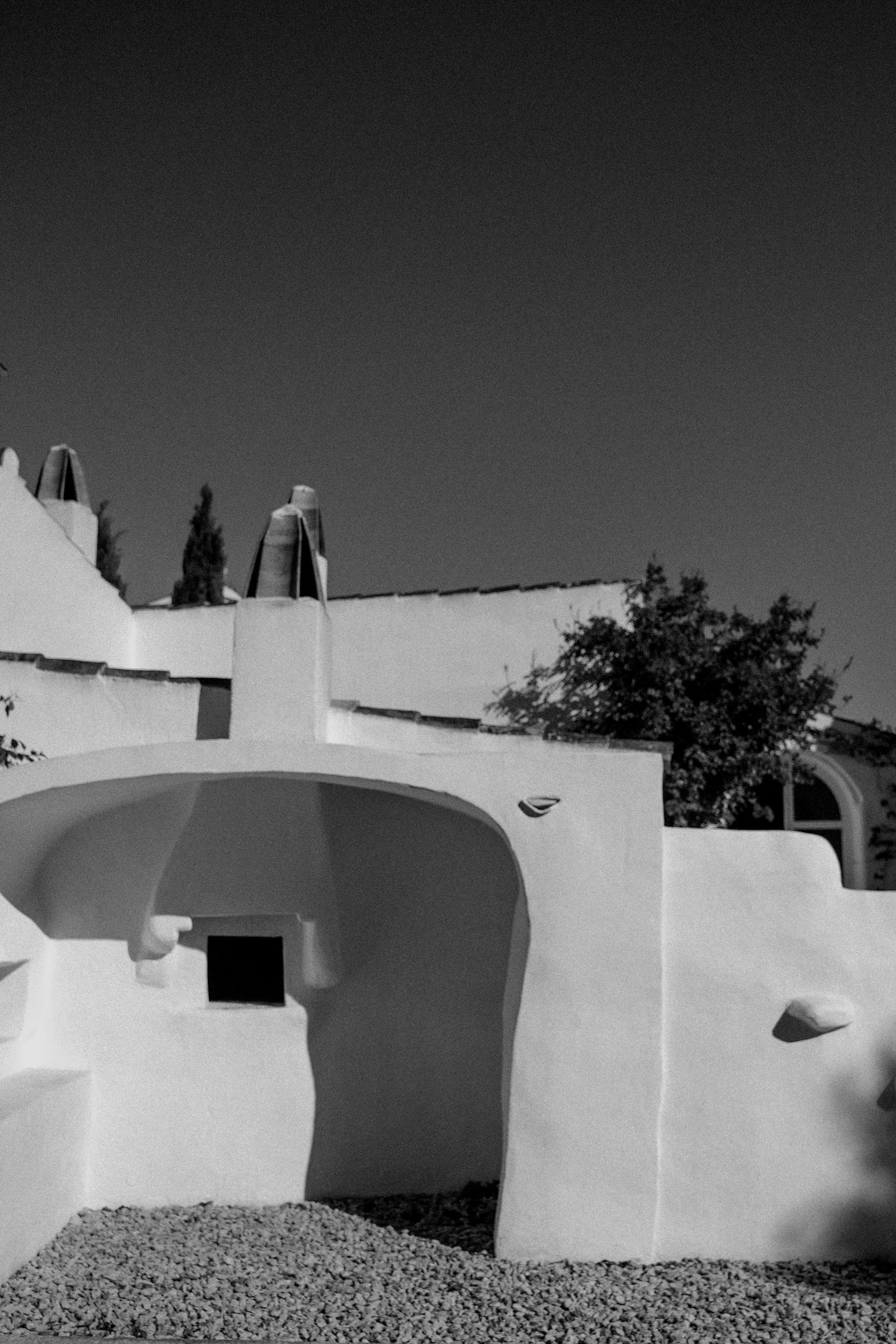
RECOVERY TIPS &
PATHS TO REBUILD
Below are a list of resources created to help with your recovery process.
For one-on-one guidance or estimates outside of The Earthen Project, email us at: contact@earthenproject.la
Essential Recovery Tips
-
1
REVIEW YOUR INSURANCE COVERAGE
Stay informed before filing a claim or calling any insurance provider.
CDI Commissioner Message
Mandatory 1 Year Moratorium -
2
ENGAGE A PUBLIC ADJUSTER
Consider hiring a licensed public adjuster to represent your interests during the insurance claims process. Unlike insurance company adjusters, who work for the insurer, public adjusters advocate for policyholders, often securing higher settlements
COMMUNICATE INTENTIONS TO REBUILD
Even if your undecided. This can prompt insurer to handle your claim with greater urgency & may unlock additional coverage options for reconstruction.
Check A License -
3
REGISTER TO FINANCIAL AID PROGRAMS
FEMA
Offers grants (<$1,000) for immediate needs.
U.S. Small Business Administration
Offer 30 year terms at 4.7% interest for business/homeowners.
LA County Relief Program
Applications open February 25,2025 for displacement & business aid. -
4
THOROUGHLY DOCUMENT LOSSES
Take room by room inventory of lost items for accurate claims.
SAVE RECEIPTS FOR ADDITIONAL LIVING EXPENSES (ALE)Temporary housing, meals, and transportation may be covered. Keep all the receipts!
-
5
UTILIZE GOVERNMENT DEBRIS REMOVAL SERVICES
FEMA & state-run programs will offer removal at no upfront costs. These ensure safe a cleanup, allowing you to avoid asbestos, or lead contamination from older homes.
FEMA
LA Wildfire Response Hub
Rebuilding Post-Wildfire
Disaster Assistance -
6
STAY INFORMED & PROTECTED
Follow recent actions by the California Insurance Commisioner to protect wildfire survivors. Follow emergency declarations that might offer you security during the rebuilding process
CA Department of Insurance
Insurance News -
7
RETURNING HOME SAFELY
Ensure your property is safe before returning home or equip yourself with proper protection from toxic ash & debris. Consider the CAL FIRE’s guidelines linked below.
Returning Home Checklist
Crowdsourced Soil Toxicity Chart -
8
CONSIDER REBUILDING A FUTURE FIRE-RESILIENT HOME
Using fire-resistant earthen materials, and creating a defensible landscape with native plants or earthen fencing can help minimize health & fire risks.
Volunteering, learning, and supporting local organizations who have been stewarding the land is a great way to stay protected & learn how to live in harmony with our spaces.
Below are a list of resources:
https://calscape.org/adapt-to-climate-change
https://www.tongva.land
https://www.cnps.org -
We are launching a crowdfunded pre-approved dwelling design that will be available for free in Los Angeles & Altadena. This will cut the cost of architects & engineers.
The different paths to rebuild
PATH 1:
Rebuilding within <110% of the size that already existed
You can modify existing floor plan as long as it’s within 110% of the original size & height that is on record.
This will accelerate initial plan review and possibly for reduced zone or code compliance. If your plans are not on record, you will require the same effort as designing a new home.
PATH 2:
Rebuilding greater than >110% of the size that already existed
If you’d like to build to a size that is greater than 110% of the original home then you will be subject to the standard permitting requirements; no exemptions.
Same as designing a brand new custom home which will include a design process, extra consultants, longer permitting timeline and possibly higher construction costs.
PATH 3:
ADUs
The current governor’s order allows for ADU’s to be permitted & built without a primary single family home already in place.
You can obtain a certficate of occupancy for an ADU and live in it while your home is being built. It can serve as your primary residency for 3 years.
ADUs, especially Pre-Approved Standardized ADUs (like the one we’re designing) save on time & costs in the permitting stage, and can be built within 6 months.
You can also use this as a building component to your main structure & reduce future construction time and costs.
PATH 4:
Tiny Shelters
Shelters smaller than 120 sq feet do not need a permit to build as long as they do not have plumbing, electrical, and or mechanical equipment.
FAQs
-
Hazardous materials are projected to take 1-3 months and debris removal 3-6 months
